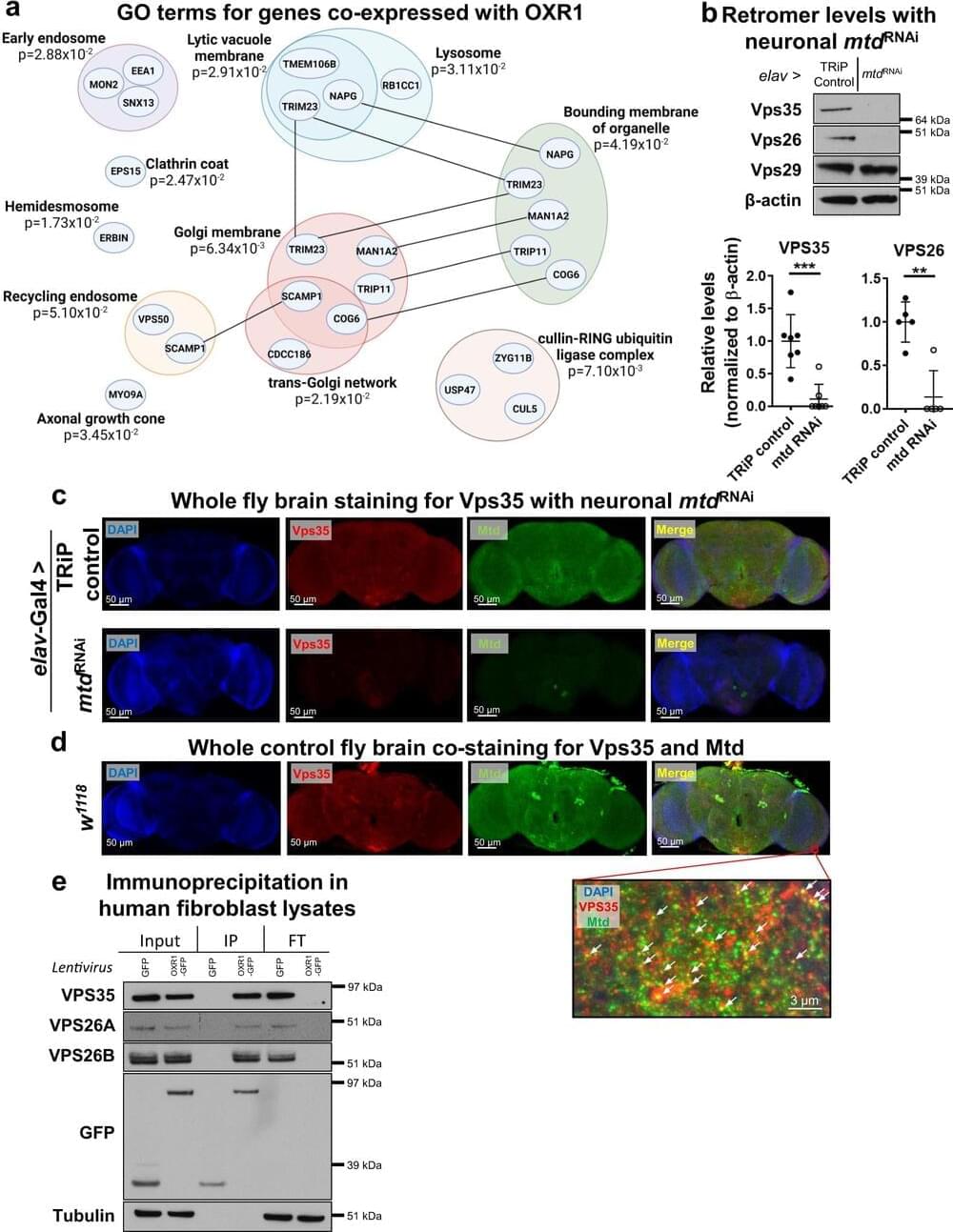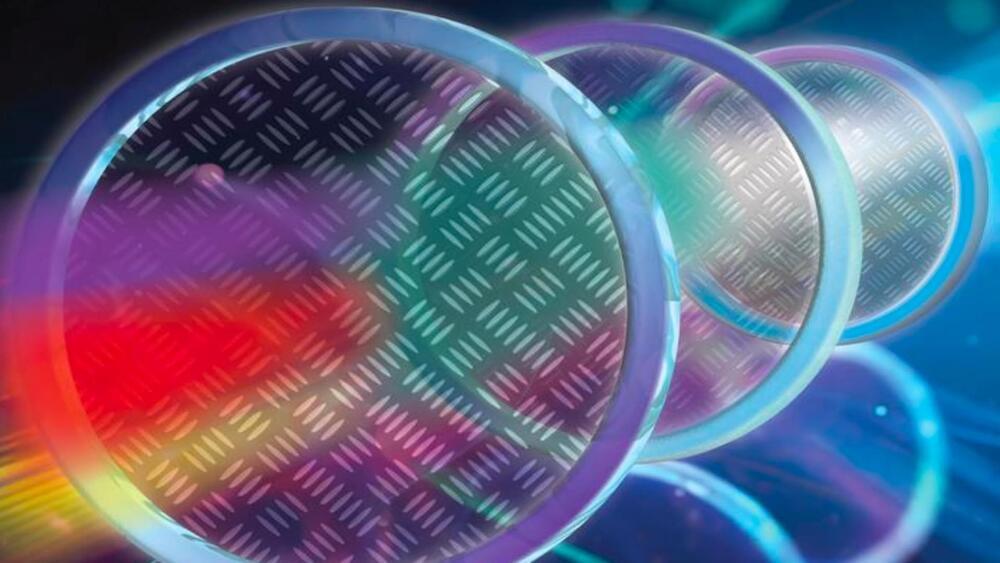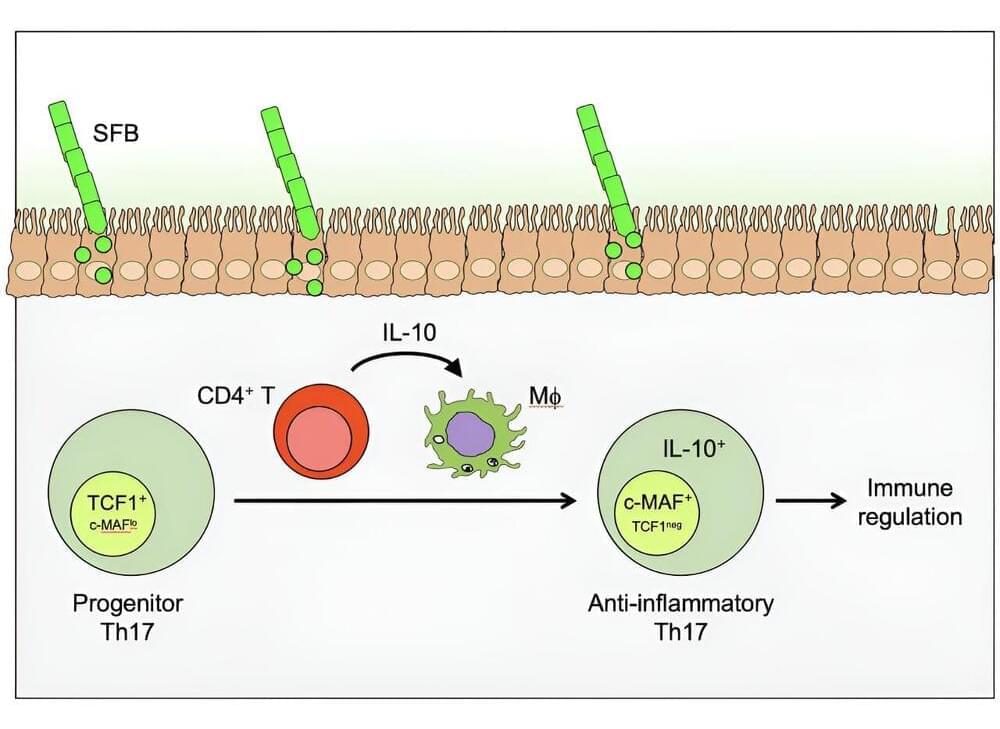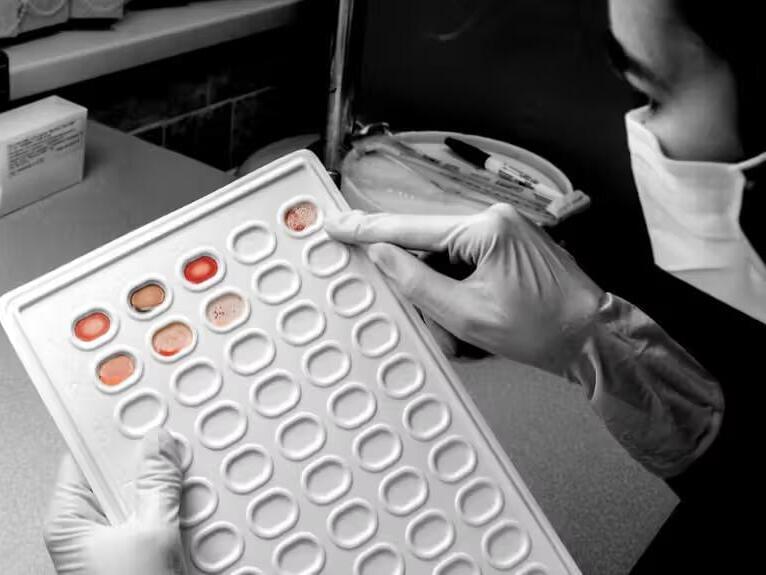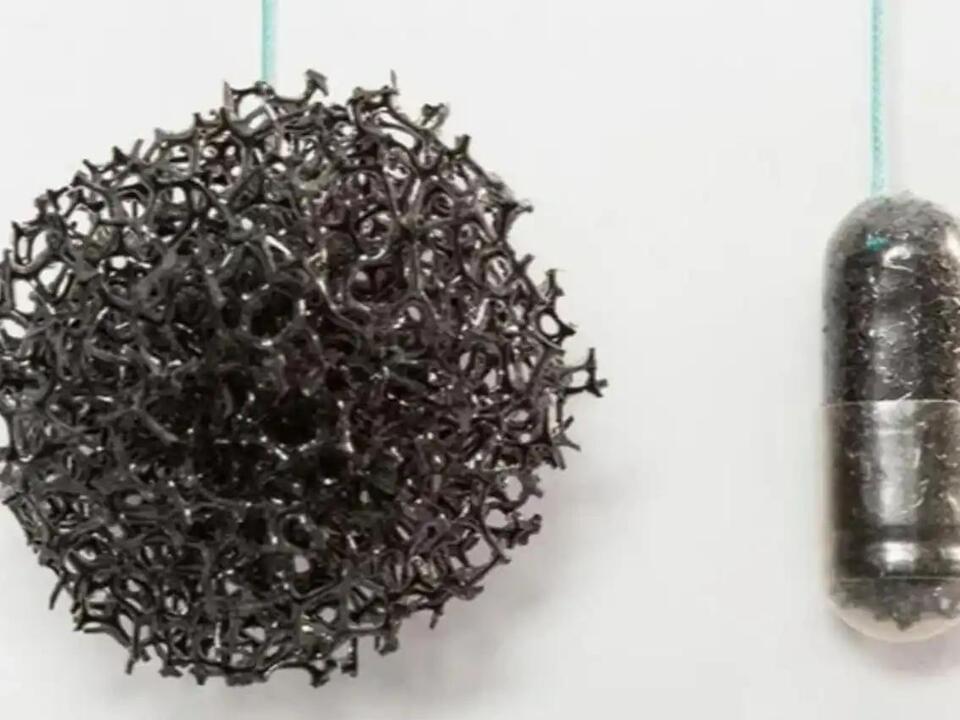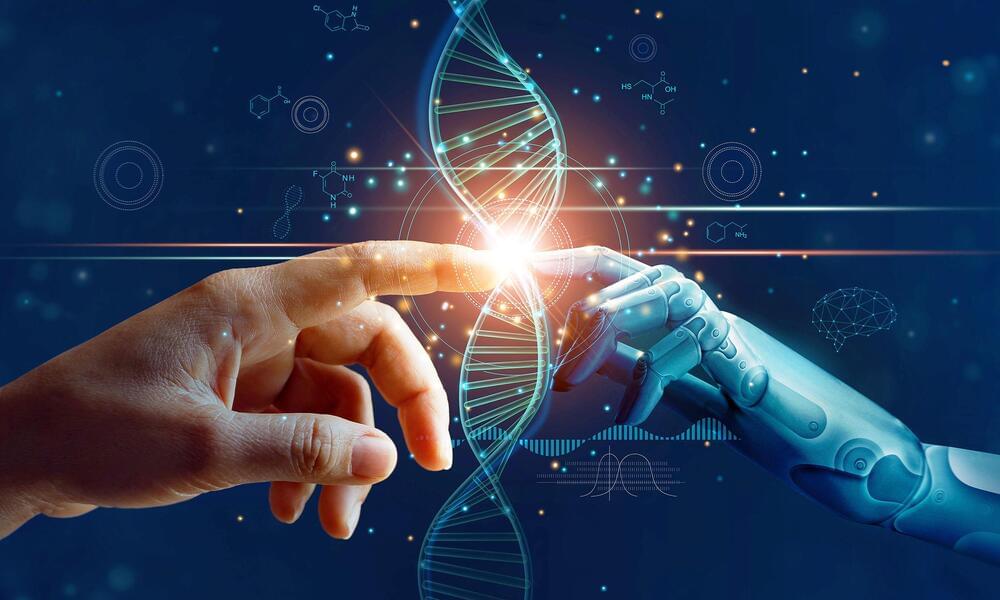MSU researcher Carolina de Aguiar Ferreira is changing the way we fight cancer. She is precisely targeting cancer cells with diagnostics and therapies using radioisotopes produced by FRIB, the world’s most powerful heavy-ion accelerator.
Using breakthrough tools to target cancer led Carolina de Aguiar Ferreira to MSU, where she found a community of scientists who discover better together.
